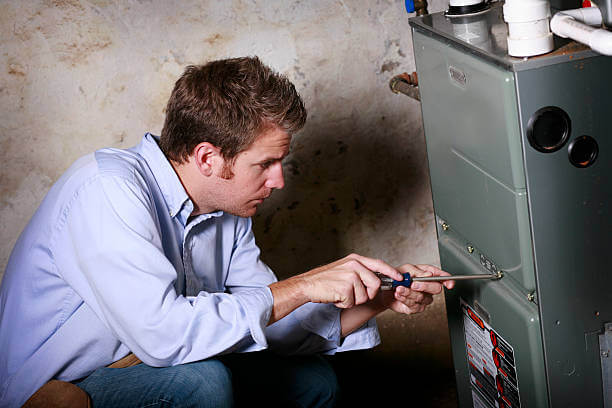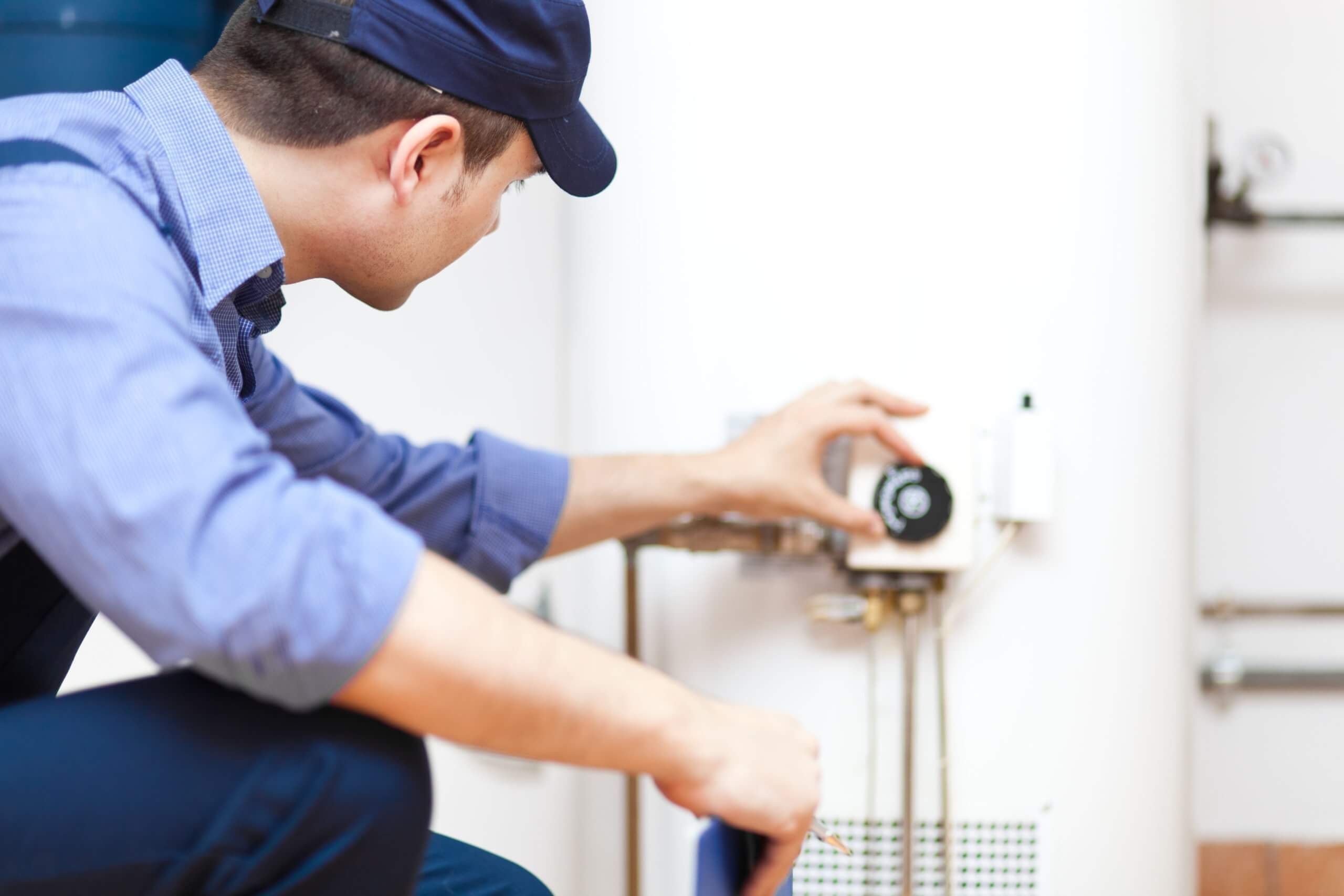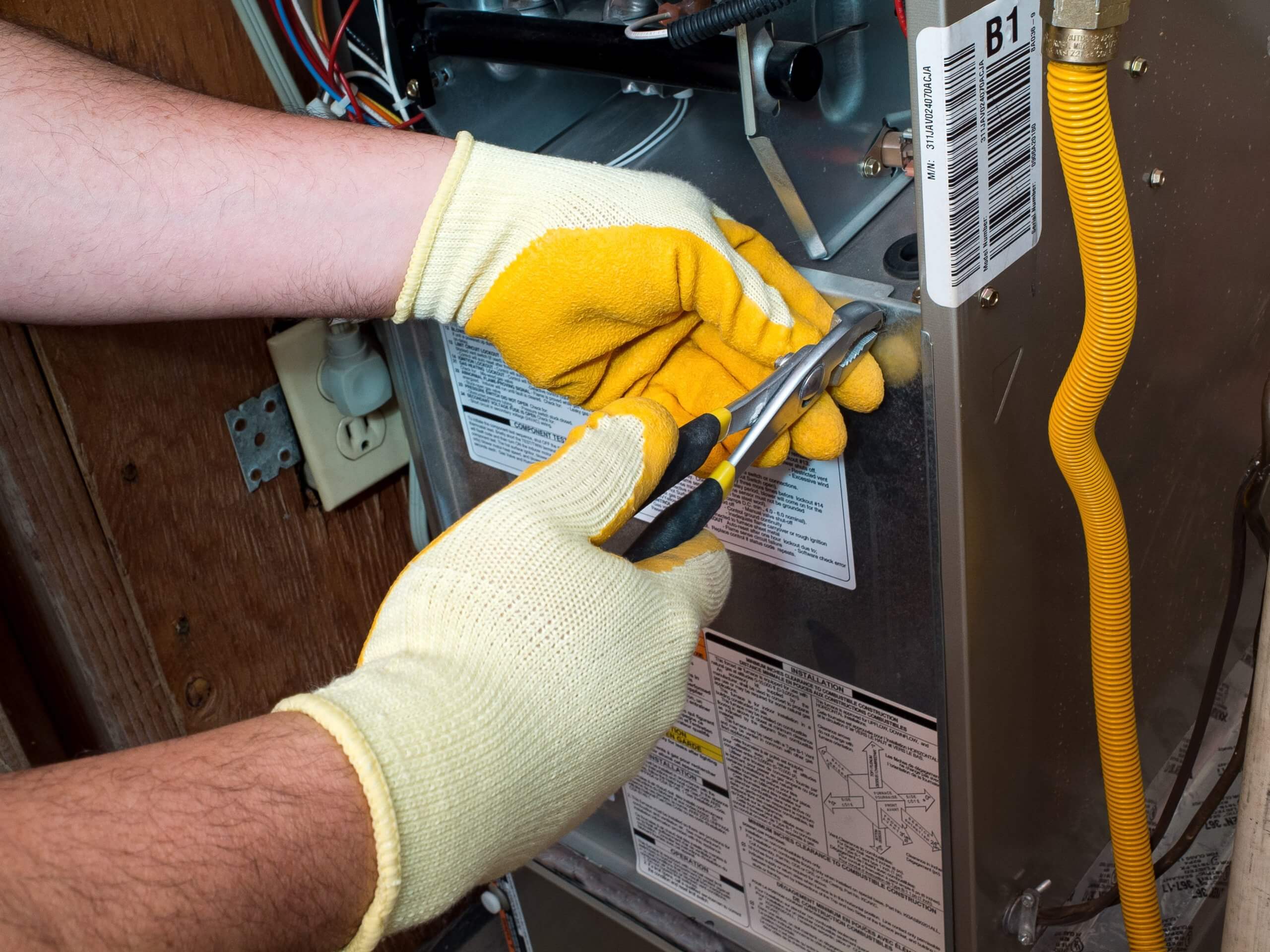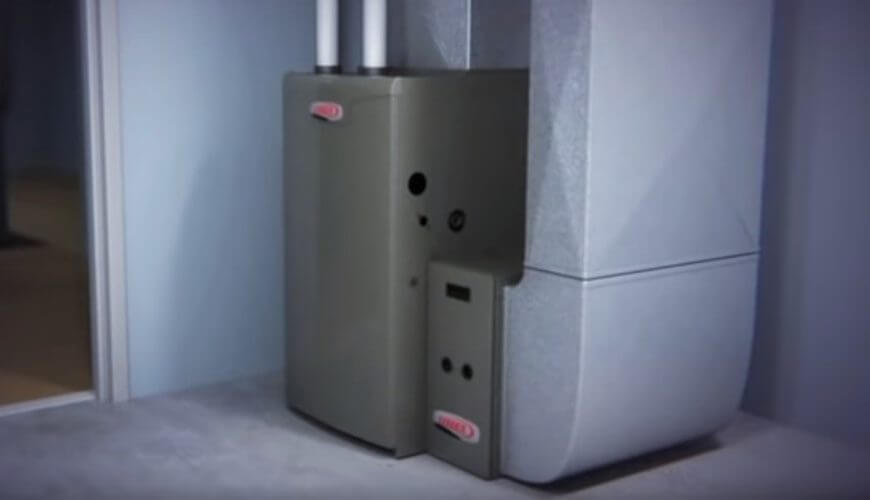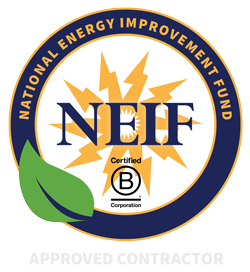Homeowners: Are You Guilty of These 10 Common Furnace Mistakes?
- Heating
- Miscellaneous

Taking care of the systems in the home is part of being a good homeowner and this is especially true in regards to your furnace. Failing to properly use or maintain the home furnace can result in safety issues, an increased risk of furnace or flue fires, higher than normal utility bills, unexpected repair costs to correct the problem, inefficient heat, shortened lifespan, or even a complete furnace failure. If you are in charge of caring for your home’s furnace, this list of ten common mistakes homeowners often make with their furnaces will help you avoid future problems and ensure that your home stays safe, cozy, and warm all winter long.
Filter change issues
Before the furnace can provide heat to comfort a room, the warm air must first travel through a filter system. This filter system benefits the occupants of the home by removing dust particles and other contaminants from the air, making the air quality of the home healthier and helping the home stay free from contaminants and dust. Over time, the filter becomes clogged and the air can no longer travel efficiently through the filter to warm the room to the level specified by the thermostat setting. this causes the furnace to work harder to try and reach that level and results in higher utility bills and premature aging of the furnace components. To ensure your furnace does not suffer these problems, make sure that you use the filters specified by the furnace manufacturer or installer and ensure that they are changed on schedule. In addition, if the home is subjected to severe winter weather causing the furnace to work harder, changing the filter more frequently will help to keep it running properly.
Failing to schedule annual maintenance by a qualified professional
Even furnaces that are running perfectly can benefit from having an annual maintenance checkup. In addition to cleaning and adjusting your furnace to improve efficiency, your furnace professional will be able to look for signs of developing issues and make proactive repairs to prevent failures and mechanical issues during the winter heating season.
Setting thermostats too high
Setting the thermostat too high forces the furnace to work non-stop to attempt to reach the temperature of the thermostat setting. Instead, choose to keep the thermostat on a normal setting and look at making other changes in your home to help your furnace run more efficiently, such as adding more insulation, covering exposed windows with insulated draperies or blinds, and having a heating professional assess your home to see if your furnace is sized correctly and working as efficiently as it should.
Failing to upgrade or replace aging systems
Postponing furnace service, upgrades, or replacements is not a good way to save money. In most cases, a furnace that is 15 years old or older will run far less efficiently than a newer system, making the utility bills rise sharply. Planning to replace an aging system before it fails or causes utility bills to skyrocket is an excellent way to get the best value from your home’s furnace.
Using cost as the only guide when choosing a new system
When looking for a new system, cost should only be one factor in choosing the replacement system. A quality furnace that offers improved efficiency will end up being less expensive over its lifespan than one that costs less to purchase but results in higher utility and maintenance costs.
Failing to adjust the heat when nobody’s home
Most homeowners can see real savings on their utility costs by installing a programmable thermostat and taking the time to set it to reflect the family’s schedule. While mom and dad are at work and the kids are at school, or the family is sleeping, the thermostat can automatically reduce the temperature in the home creating a significant savings on the utility bill and prolonging the life of your furnace. Your furnace professional can help you select and install the best programmable thermostat for your particular system.
Allowing clutter to build up around the furnace components
Since furnaces are often located in basements, closets, attics, and other seldom used spaces, clutter can really build up around them. This not only creates a potential fire hazard, it also prevents the furnace from having proper air flow which can shorten the life of the system and make it work less efficiently. A good way to keep this from happening is to take a few moments during each filter change to vacuum the area and clear away any clutter near your furnace components.
Disregarding potential signs of trouble, such as odd odors, noises, or visual clues that something may be amiss
Most families become so familiar with their furnaces that they fail to notice when it is actually operating. If a normally quiet furnace begins to make unfamiliar sounds or there are any odd odors, noises, or visual signs that something is different, contact your furnace professional immediately for a maintenance checkup. Noticing these signs and attending to them can be the best way to prevent an emergency failure and costly repairs later.
Failing to keep the furnace components clean or eliminating contaminants
Like any other appliance, your home’s furnace will operate safer and more efficiently when it is kept clean. Allowing dust or other contaminants to build up in or on the components can shorten the lifespan and create conditions that could result in a fire. Using a shop vacuum or a soft, clean cloth to clean the surfaces will help to prevent this type of problems.
Not following manufacturer’s instructions for use, care, and maintenance
Failing to read or follow manufacturer’s instructions for use, care, and maintenance is one of the most common mistakes homeowners make. Furnace models, sizes, and fuel types vary greatly and each one will have specific requirements for peak efficiency and lifespan. To get the most from your system, make sure that you learn what the manufacturer recommends and follow the instructions carefully.
For more information about using or maintaining your heater, ask your heating professional to assess your system, answer your questions, and help you develop a good maintenance plan.
For More Information on All Things Heating Maintenance, Call NSHEC Today!
Contact North Shore Home Energy Today for the Best in Heating Maintenance!
Check Out Our Current Specials!
Read The Great Things That Your Neighbors Are Saying About NSHEC.




